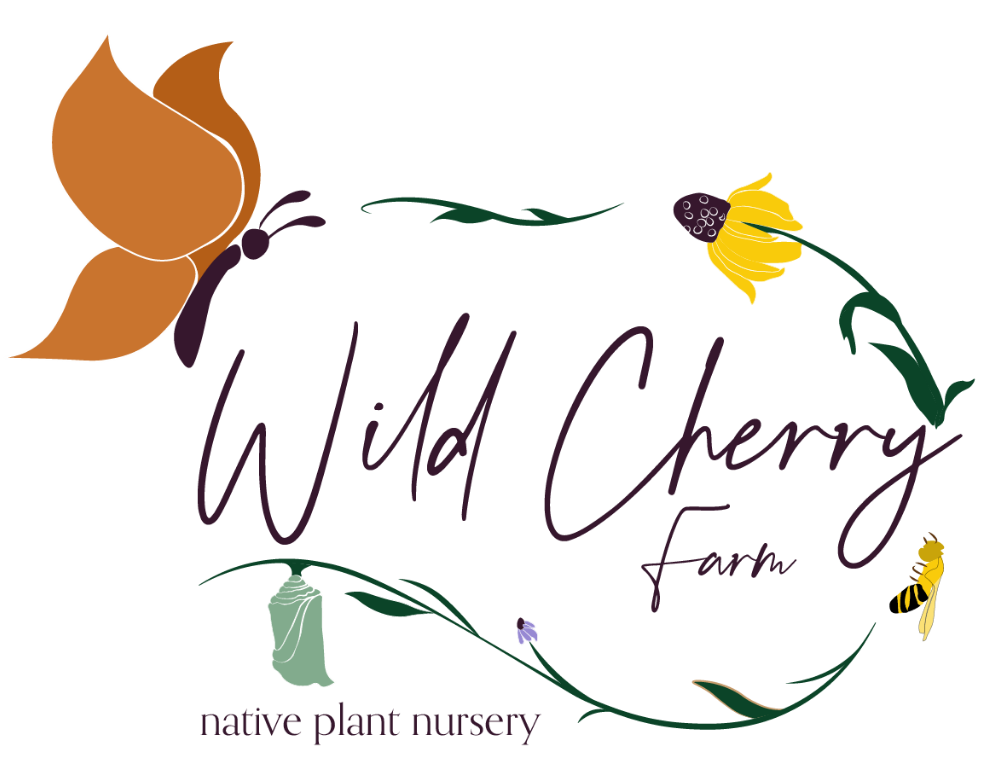Black Gum (Nyssa sylvatica)
Black Gum flowers undoubtedly attract bees, although there is not a lot of information on it. It is the host plant for 30 species of butterflies and moths in our area (nwf.org). Its fruit is also eaten by many birds (bird table) and other mammals (illinoiswildflower.info)! When planted by water it is used as a source of food and construction material for beavers (illinoiswildflower.info).
Black Gum flowers undoubtedly attract bees, although there is not a lot of information on it. It is the host plant for 30 species of butterflies and moths in our area (nwf.org). Its fruit is also eaten by many birds (bird table) and other mammals (illinoiswildflower.info)! When planted by water it is used as a source of food and construction material for beavers (illinoiswildflower.info).
Black Gum flowers undoubtedly attract bees, although there is not a lot of information on it. It is the host plant for 30 species of butterflies and moths in our area (nwf.org). Its fruit is also eaten by many birds (bird table) and other mammals (illinoiswildflower.info)! When planted by water it is used as a source of food and construction material for beavers (illinoiswildflower.info).
Life Cycle: Perennial
Sun Exposure: Full, Light shade
Soil Moisture: Medium-Wet, Medium
Height: 30-50 feet
Plant Spacing: 20-30 feet
Bloom Time: May-June
Bloom Color: Greenish-White
Advantages: Bird Favorite, Caterpillar Favorite, Pollinator Favorite
Host Plant: 30 species of butterflies and moths in our area (nwf.org)







